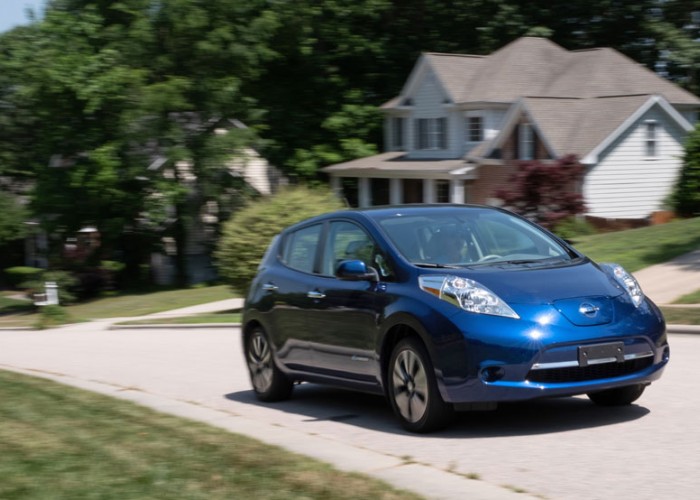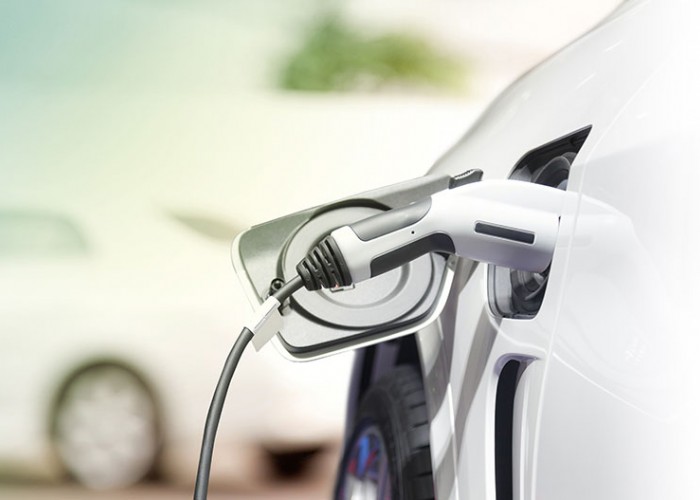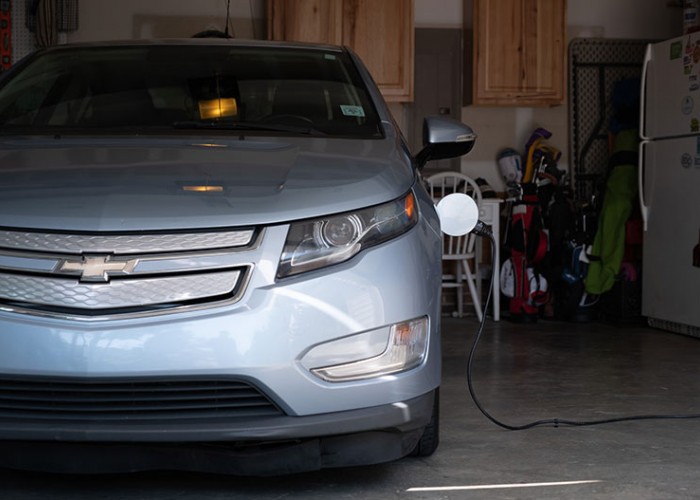Getting You From Point A to Point B
Drive confidently with North Carolina electric cooperatives’ EV charging network
By Suzy MorganLast fall, I was faced with a personal challenge: drive an all-electric Tesla Model 3 the nearly 400 miles roundtrip from Wake Forest to Ocean Isle Beach and back. The car belongs to my electric co-op, Wake Electric, and I was to make the trip to check on repairs being made following Hurricane Isaias. You may have heard of “range anxiety” — feeling nervous about having enough charge in an electric vehicle (EV) to make it from point A to B — and you may have experienced it yourself. I had a full-blown case of it!
But I had no need to worry. That Tesla got me to point B after a fun ride, alerting me of charging stations along my route. Once at my destination, I fully recharged at one of Brunswick EMC’s charging stations to make the trip back home.
… our chargers are available for all to use, some of whom may not be able to charge at home.
Over the past two years, electric cooperatives across North Carolina have been installing EV chargers in a vast network across the state, ensuring folks like me (who keep a wary eye on the battery level gauge) can rest easy on their all-electric journeys. In fact, using funds from a variety of sources — including $700,000 from the NC Department of Environmental Quality and $1 million from North Carolina’s Electric Cooperatives — more than 100 charge ports have been installed or are planned as part of this network, making cross-state EV entirely travel possible.
Electric co-ops have taken on this project for a few reasons. For one, as electric vehicles become more affordable, you’ll start to see more on the road. Some estimates project as many as 25–30 percent of U.S. vehicles will be electric by 2030 (deloitte.com). For many EV owners, charging is available at home, but there was no clear path forward for charging on the road.
Electric co-ops, which serve 93 counties across the state, decided to blaze that path.
Making more chargers available helps make EV ownership a viable option for co-op members, along with all the benefits EVs provide: lower fuel costs, less annual maintenance and zero carbon emissions.
Second, installing chargers in co-op territory — predominantly rural and suburban parts of the state — gives travelers another reason to make a stop. The charger I used on Ocean Isle may make a beach trip possible for an EV owner, who wouldn’t have otherwise been able to visit. It’s a way of promoting tourism, as well as the economic development that comes with it, in communities served by electric co-ops.
Third, our chargers are available for all to use, some of whom may not be able to charge at home. Wake Electric has installed 16 EV chargers throughout the communities we serve, including at apartments where EV owners wouldn’t otherwise be able to charge at night. This helps level the playing field for EV ownership, removing a barrier that might prevent some from making the switch to an electric vehicle.
So if you’re considering an EV but still a little uneasy at the thought of bridging the distance between chargers, take a look at the North Carolina electric cooperatives’ charging network. Chances are, we’ll get you where you need to go.
About the Author
Suzy Morgan is board president at Wake Electric in Wake Forest. She was seated as president of the North Carolina Association of Electric Cooperatives at the 2021 Annual Meeting.-
More on electric vehicles
-
Share this story:






Comments (1)
Kat |
May 31, 2021 |
reply